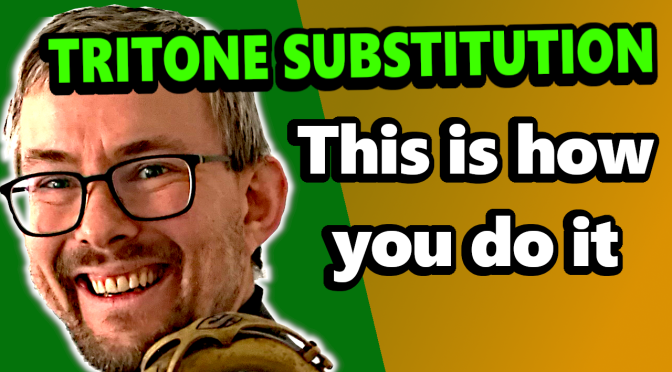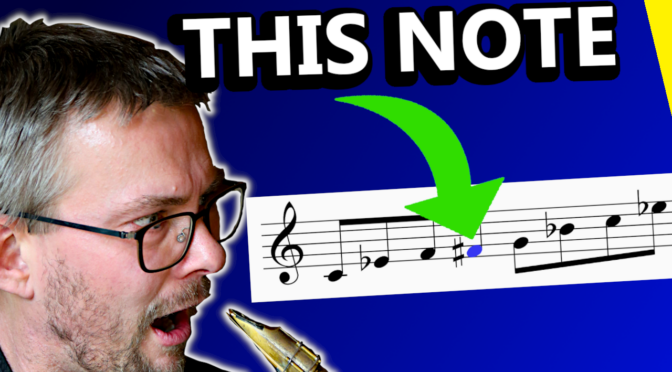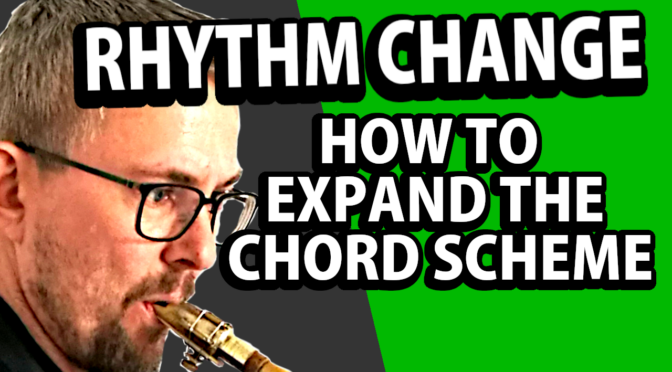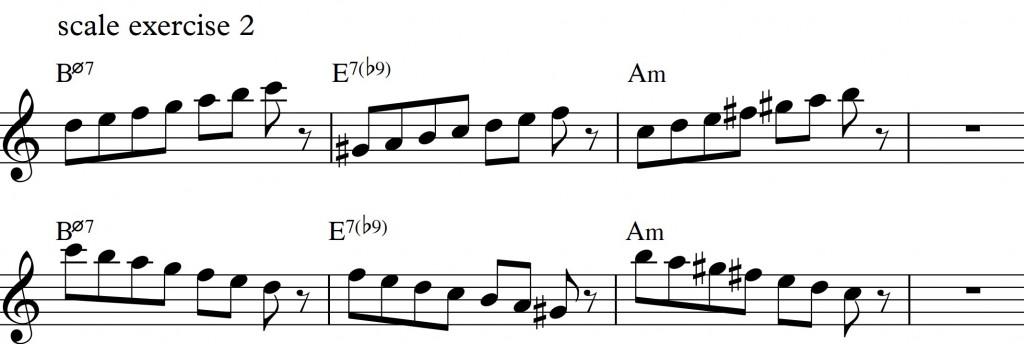OVERTONES – DO THIS AND GET THE BEST SOUND
Practice overtones and get a much richer sound and better tone control
Overtones make your sound richer. You want to have a rich sound with a lot of overtones displayed present.
With a lot of overtones present in your sound your sound gets more projection, it becomes more powerful and you get a better control of your sound.
Overtones also have a direct influence on your ability to play falsetto register on the saxophone.
All this leads to better control of the horn. Great sound also influences the ease of your technique on the saxophone.
All saxophone players should practice overtones and get the advantages of this.
SUPPORT ME ON PATREON – GET THE PDF
In this tutorial
Why is practicing overtons so damn important?
What are overtones?
How to – the best way to practice overtones?
Build overtone exercises
Apply overtones into your playing
Show, play and analyse two jazz licks using overtones.
Get the full transcription of the lesson:
www.patreon.com/sorenballegaardsaxophonelessons
Get more value from the Youtube lessons by supporting me:
https://www.patreon.com/sorenballegaardsaxophonelessons
Get the free E-book material on saxophone practice – sign up for my newsletter: https://mailchi.mp/cc449eb965d2/soren-ballegaard-saxophone-lessons
Video links:
“The overtone manual – exercises and licks – Get better control”
https://sorenballegaard.dk/product/the-overtone-manual-exercises-and-licks-get-better-control/
“Sound is everything – get a better sound – exercises and how to’s”
https://youtu.be/q9htAAR3SLk
Get more value from the Youtube lessons by supporting me:
https://www.patreon.com/sorenballegaa…
Get the free E-book material on saxophone practice – sign up for my newsletter:
https://mailchi.mp/cc449eb965d2/soren…
Contact me for video exchange lessons or live online lessons
www.sorenballegaard.dk
Lesson tutorials and live online lessons – check my shop:
https://sorenballegaard.dk/shop
Subscribe for more free saxophone videos and lessons: https://www.youtube.com/c/SørenBallegaard
Get more value from the Youtube lessons by supporting me:
https://www.patreon.com/sorenballegaardsaxophonelessons
Get the free E-book material on saxophone practice – sign up for my newsletter: https://bit.ly/subscribetomynewslettersorenballegaardsaxophonelessons
Subscribe for more free saxophone videos and lessons: https://www.youtube.com/c/SørenBallegaard
Lesson tutorials and live online lessons – check my shop:
https://sorenballegaard.dk/shop
Contact me for video exchange lessons or live online lessons
https://sorenballegaard.dk/saxophonelessons/
Facebook: https://www.facebook.com/groups/sorenballegaardsaxophonelessons
Instagram: https://www.instagram.com/sorenballegaard
Website: https://sorenballegaard.dk
Twitter: https://twitter.com/SorenBallegaard
My setup:
saxophone: Selmer MKVI 82xxx
Mouthpiece is an old Otto Link Babbit – refaced from opening 6 to opening 8/8,5
Alto – The Martin Alto
Soprano – Yanagisawa Elimona






































